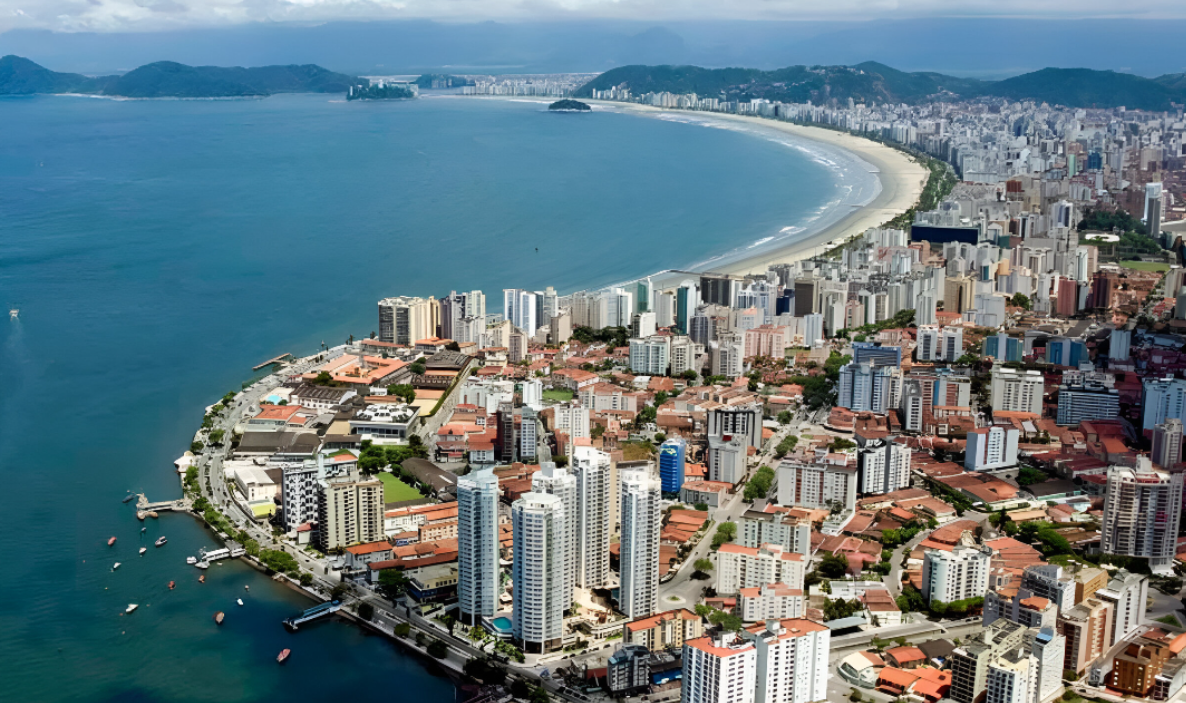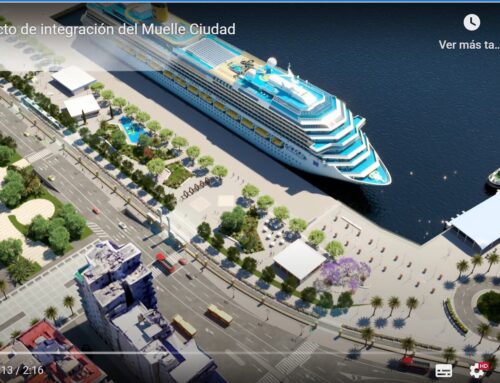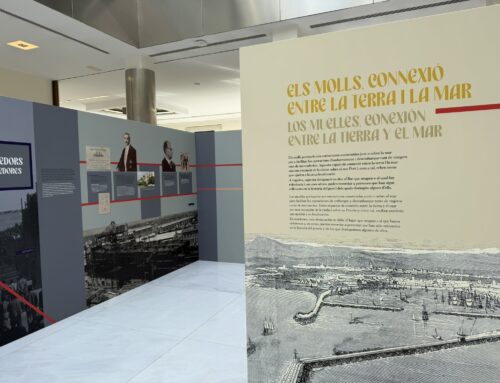RETE, the Association for Collaboration between Ports and Cities, has published issue 49 of its digital journal PORTUS. Under the direction of José Luis Estrada, it is considered an international scientific reference in the study of port cities. PORTUS is a biannual publication highly regarded by international experts as an essential tool for the study and dissemination of research and experiences in the field of port–city relations and urban–port regeneration initiatives.
In this edition, the journal presents an extensive Portus Portrait dossier on the port city of Santos, Brazil, along with additional content focused on port innovation and maritime culture.
In his editorial, José Luis Estrada emphasizes the importance for ports not only to highlight their assets derived from port-related socio-economic activities – those that traditionally define them – but also their soft values, not directly linked to those activities. These include artistic, heritage, historical, and cultural values in general, which can serve as a means to improve the port’s image in society.
In the Focus section, the journal features two articles addressing innovative initiatives in port–city relations. The first, “Vigo, a Port by and for the People,” is authored by Carlos Botana Lagarón, President of the Port Authority of Vigo. The second article, “The Third Port Space: Digitalization and Liminality in Mediterranean Cities,” by Professor Roger Humberto Ríos Duarte, explores the concept of new port spaces in the context of digitalization.
The PORTUS Portrait section of this issue is devoted entirely to the city of Santos (Brazil), the leading port in Latin America in terms of traffic volume. The Santos dossier includes eight articles and nine interviews that provide a comprehensive view of this port city, with contributions from representatives across all key sectors: federal and municipal government authorities, business leaders, academia, experts, and trade unions.
José Luis Estrada, director of PORTUS, highlights Santos as a paradigmatic case: “The Port of Santos is Brazil’s and Latin America’s leading port in terms of traffic volume. In 2024, it handled 179.8 million tons and 5.4 million TEUs. Its economic activity represents an impressive 30% of Brazil’s GDP,” he notes, underlining the scale and influence of this port city on the economy. Estrada also emphasizes Santos’ institutional uniqueness in terms of port–city relations: the city has a Municipal Secretariat for Port and Maritime Affairs – the first of its kind in Brazil – dedicated exclusively to port–city integration.
PORTUS 49 is published primarily in English, but also includes articles in RETE’s other official languages: Spanish, Portuguese, Italian, and French. The full issue of PORTUS 49 can be consulted via the official website of the journal at this link:





